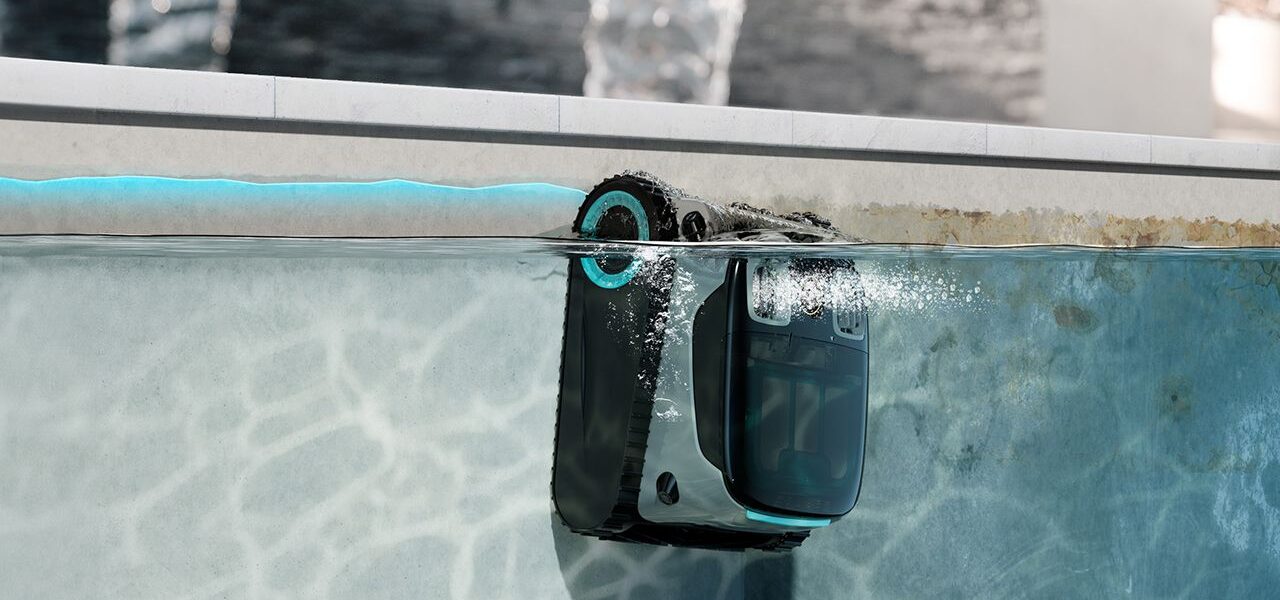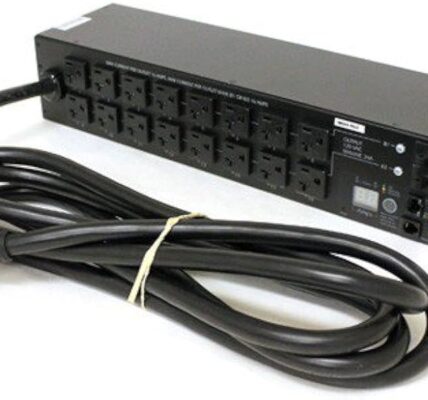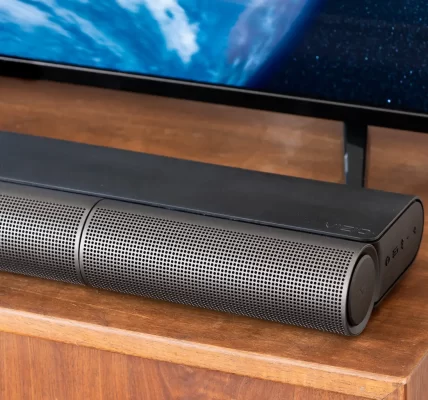Choosing the right pool cleaner is crucial for maintaining a clean and inviting pool environment. The three most popular types of automatic pool cleaners are robotic, suction, and pressure cleaners. Each type has its own advantages and disadvantages, and the best choice depends on various factors including pool size, type, debris load, and personal preferences. This article will guide you through the differences between these pool cleaners to help you make an informed decision.
1. Robotic Pool Cleaners
How They Work: Robotic pool cleaners are self-contained units that operate independently of the pool’s filtration system. They are powered by electricity and move around your pool using built-in motors. These cleaners have their own filtration system to collect debris, which can be easily cleaned after each use.
Pros:
- Efficiency: Robotic cleaners are highly efficient, cleaning not just the bottom of the pool but also the walls and waterline.
- Energy Saving: They do not rely on the pool’s pump or filter, saving energy and reducing wear on the pool’s system.
- Advanced Features: Many models come with smart technology options, such as programmable timers and remote controls, allowing for customized cleaning schedules.
Cons:
- Cost: Robotic cleaners are generally the most expensive type of pool cleaner.
- Maintenance: While they are easy to use, their advanced technology can make repairs and maintenance more complicated and costly.
Ideal for: Pool owners looking for the best pool cleaner in terms of efficiency and convenience, willing to invest in advanced technology for optimal cleaning performance.
2. Suction-Side Pool Cleaners
How They Work: Suction-side pool cleaners attach to one of the suction ports in your pool (usually the skimmer). As the pool’s pump operates, it creates suction that drives the cleaner around the pool, pulling in debris which then goes through the pool’s filter.
Pros:
- Cost-Effective: They are typically the least expensive type of automatic pool cleaner.
- Easy to Install and Operate: Installation is straightforward, making them a popular choice for first-time pool owners.
- Low Maintenance: With fewer moving parts than other types of cleaners, suction-side models are easier to repair.
Cons:
- Dependence on Pool Pump: They require the pool’s pump and filter to operate, which can increase energy costs and strain the filtration system.
- Limited Cleaning: They may not climb walls as effectively as other types, and typically do not scrub the tile line.
Ideal for: Pool owners with smaller pools or those looking for a budget-friendly option that integrates easily with existing pool equipment.
3. Pressure-Side Pool Cleaners
How They Work: Pressure-side cleaners connect to the return line of your pool’s circulation system. Water pumped back into the pool powers the cleaner, which uses the pressure to roam around and collect debris in an attached bag, thus relieving strain on the pool filter.
Pros:
- Effective Debris Removal: They are great for pools that collect a lot of large debris, like leaves and twigs.
- Less Strain on Pool Filter: Since they have their own debris bag, they do not clog the pool’s filter system.
- Durable: Generally, they have fewer mechanical problems than other types.
Cons:
- Requires Additional Booster Pump: Some models require a separate booster pump, which can be an additional expense and installation challenge.
- Higher Cost than Suction Cleaners: They tend to be more expensive than suction-side cleaners but less than robotic models.
Ideal for: Pool owners who deal with lots of large debris and want a cleaner that is durable and efficient without relying on the pool’s filtration system.
Conclusion
When choosing between a robotic, suction, or pressure pool cleaner, consider your specific needs: the size and type of your pool, the kind of debris it typically collects, and how much you are willing to invest in maintenance and initial costs. Robotic cleaners offer the highest level of convenience and features, while suction-side cleaners are economical and easy to maintain. Pressure-side cleaners strike a balance by being effective at cleaning without overburdening the pool’s filtration system. By understanding these differences, you can select the best pool cleaner that offers the most efficient cleaning solution for your swimming pool.










